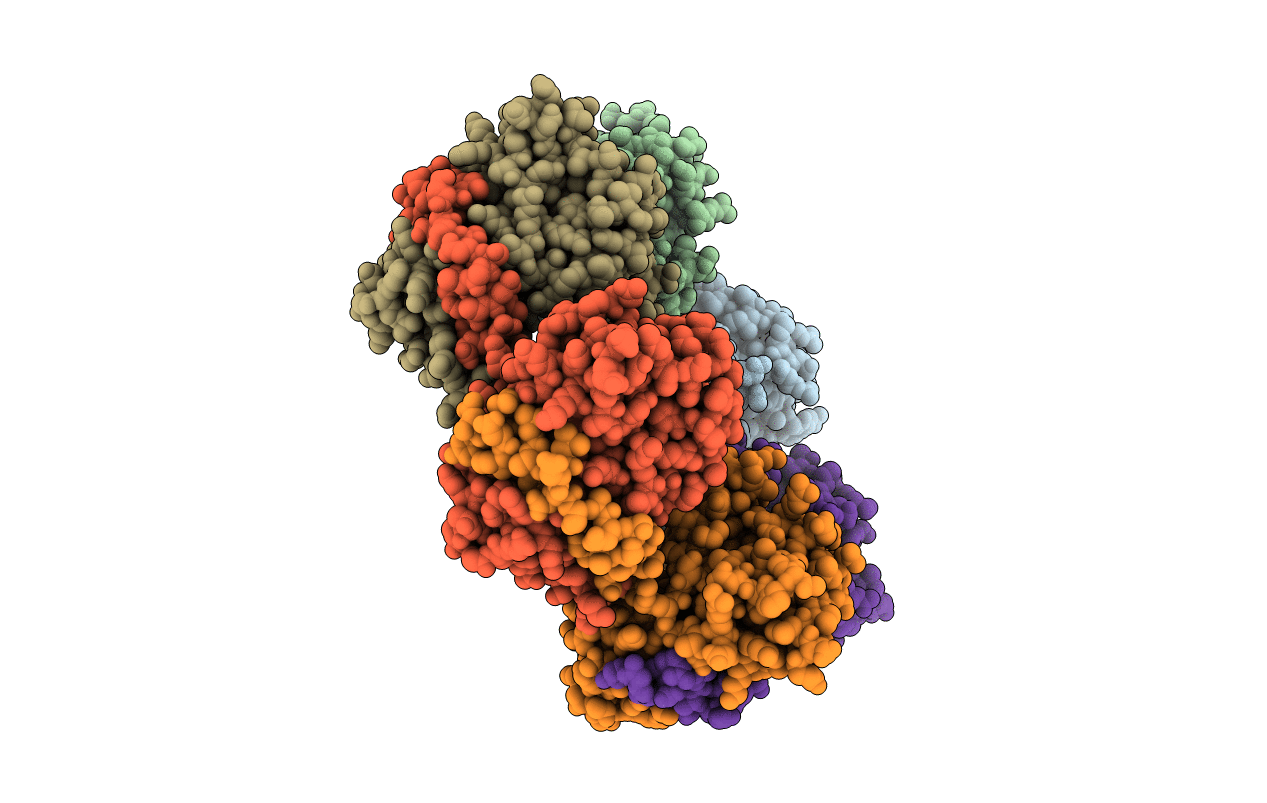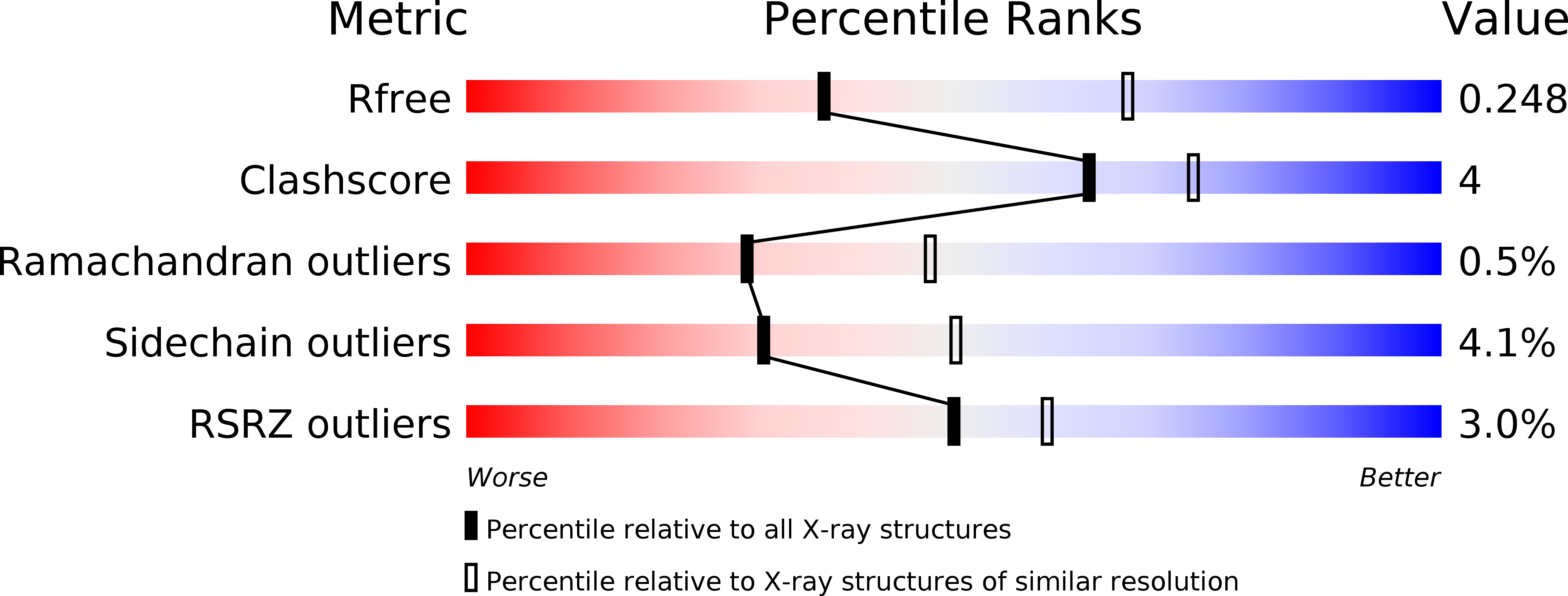
Deposition Date
2012-09-18
Release Date
2012-11-07
Last Version Date
2023-09-20
Entry Detail
PDB ID:
4H5L
Keywords:
Title:
Crystal Structure of Toscana Virus Nucleocapsid Protein Hexamer
Biological Source:
Source Organism:
Toscana virus (Taxon ID: 11590)
Host Organism:
Method Details:
Experimental Method:
Resolution:
2.75 Å
R-Value Free:
0.23
R-Value Work:
0.21
R-Value Observed:
0.21
Space Group:
P 1


